Are fashion and sexuality linked? How style has become more liberating for all
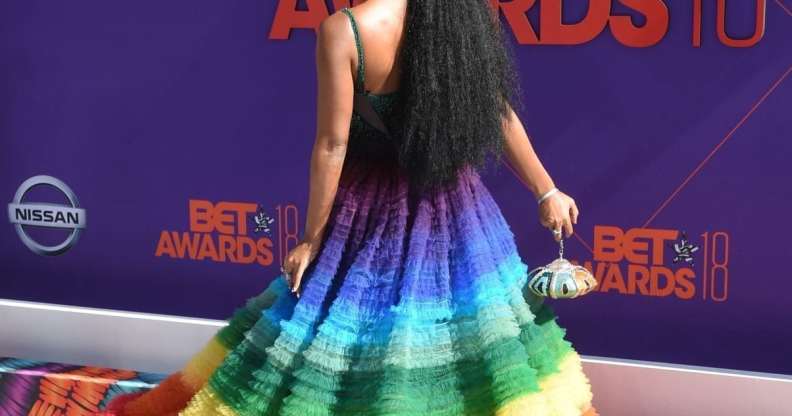
Monáe poses upon arrival for the BET Awards (LISA O’CONNOR/AFP/Getty)
Fashion and clothing are an essential part of portraying an identity. They can be a signifier, giving others an idea of who someone is. However, are some styles exclusively associated with the LGBT+ community? Or has fashion become more liberating for all?
The relationship between sexuality and fashion is longstanding, with ‘gender-blurring’ and ‘flamboyant’ styles frequently being linked to the LGBT+ community.
Fashion is often used to show a rebellion from the status-quo, with writer Jacy Topps explaining to HuffPost that “fashion as a means of protest and resistance has been going on for decades.”
It could be argued that dressing to portray your sexual orientation allows LGBT+ individuals to align themselves as belonging with a specific group, outside of the mainstream. It may be an outlet that enables many to outwardly show a part of their identity, which may have once been private, with pride.
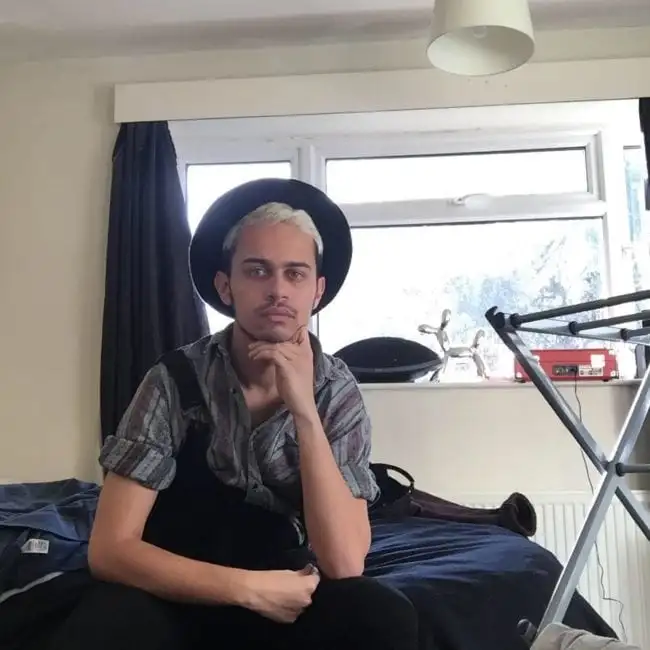
(Image provided by Connor)
Dr Shaun Cole, Associate Professor in Fashion at Winchester School of Art, tells PinkNews: “Fashion acts as a way of indicating something about your own personal identity either an overtly visible way, or in secret through signs and codes to those in the know.”
Connor: “I define my sexuality as bisexual, but life is too short to have limitations on who you choose to love. Once I came out, I felt like there was nothing to hide, so I decided to start dressing how I always wanted to. Now my wardrobe is how I want it to be, full of eyesore-level patterns, shorts that come up to my waist and jumpers that look like sheep.”
Many styles and items of clothing are still associated with certain sexualities, such as bisexuality and cuffing your jeans, suggesting that some fashions could be symbiotic with a person’s orientation.
However, making assumptions of someone’s sexuality based on their appearance is often misguided, especially with mainstream style becoming increasingly flamboyant. With the popularisation of garments such as men’s skinny jeans, fashion may now be more liberating for all.

(Image provided by James)
With acclaimed shows such as Queer Eye helping blur the lines between sexuality and fashion, are we entering an era where people feel less rigid with their choices of clothing?
James: “I’d identify as a straight man. With lads being so body conscious these days, you want to show if off with fashion – something which till recently may have been looked at by others as a gay trait.”
HAS QUEER FASHION INFLUENCED THE MAINSTREAM?
Talking to PinkNews, fashion historian Matteo Augello explains how “subcultures take on an element of the mainstream and then do things that subvert it, making it rebellious.”
The 1960s and ‘70s saw a huge sexual revolution in mainstream ideologies, including the fashion of men and women. The shift in some popular styles of clothing was arguably influenced by LGBT+ subcultures.
Cole says: “In the second waves of feminism, throughout the 1970s, gay women’s adoption of ‘butch’ and more masculine styles influenced a move to the acceptability of trousers” for all women.

(Image provided by Georgia)
Georgia: “I’m a gay woman. I feel, being a lesbian, people have this sort of stereotypical view of a butch girl wearing men’s clothing. I wouldn’t exactly say I’m butch, but I do like to wear men’s shirts, etc. So in a way I have embraced the stereotype whilst still being able to be me. The usual response I get when I say I’m gay is, ‘oh you don’t look gay.’ Which I always find odd anyway.”
Augello adds that: “Pop culture helped show gender as a performance. In the ‘70s, glam rock showed the possibilities of breaking down binary division through subversive fashion.”
With the rise in popularity of glam rock stars, such as David Bowie, in the 1970s, whose fashion was heavily influenced by underground drag and gay culture, it could be implied that LGBT+ groups were one of the causes of this subversive movement that influenced the mainstream.
As well as this, the contribution of LGBT+ people to the fashion industry cannot go understated, with Cole explaining that: “Recent designers, such as Alexander McQueen, Jean Paul Gaultier and John Galliano are all gay and have created styles with a particular gay aesthetic for both women and men.”
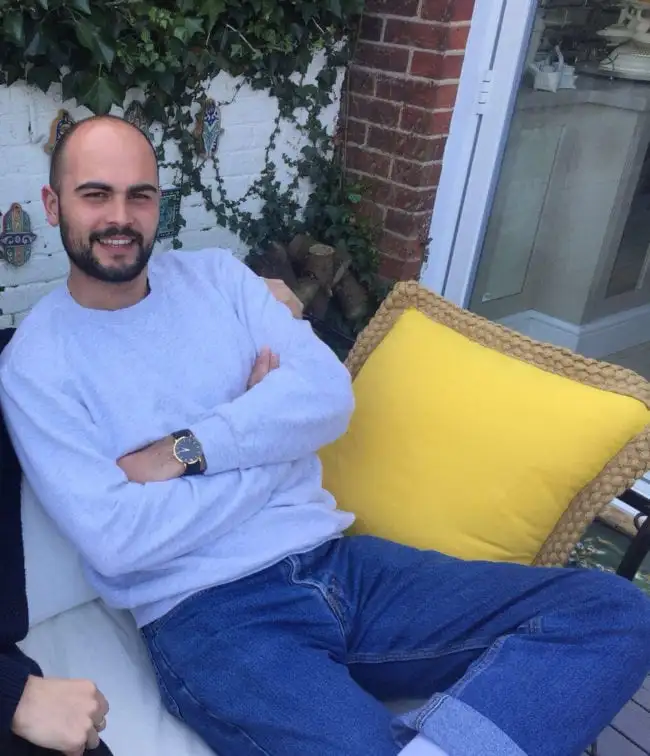
(Image provided by James)
James: “Since I’ve become more comfortable with my sexuality and more open to living life as a gay man, I feel like I’ve massively broadened my fashion choices. Whilst I don’t think sexuality defines my fashion, I think confidence in your sexuality and your fashion are parallel.”
Skinny jeans, lumberjack shirts and women’s suits could all be examples of this aesthetic. Augello says that: “The recent introduction of fetish wear into mainstream fashion has been influenced by LGBT+ individuals from the London underground of the 1980s.”
SHOWING PRIDE THROUGH FASHION
Author of Menswear Evolution, Jay McCauley Bowstead, tells PinkNews: “Fashion remains a potent space of imagination and exploration in which dominant ideas about identity, gender and sexuality can be played with and contested.”
Pride is the perfect example of LGBT+ individuals exploring their sexuality with their choice of fashion.
Cole believes that “there is still a need to express visually who we are, want to be or want others to think we are,” and it could be argued that fashion is the ideal outlet for this self-expression.
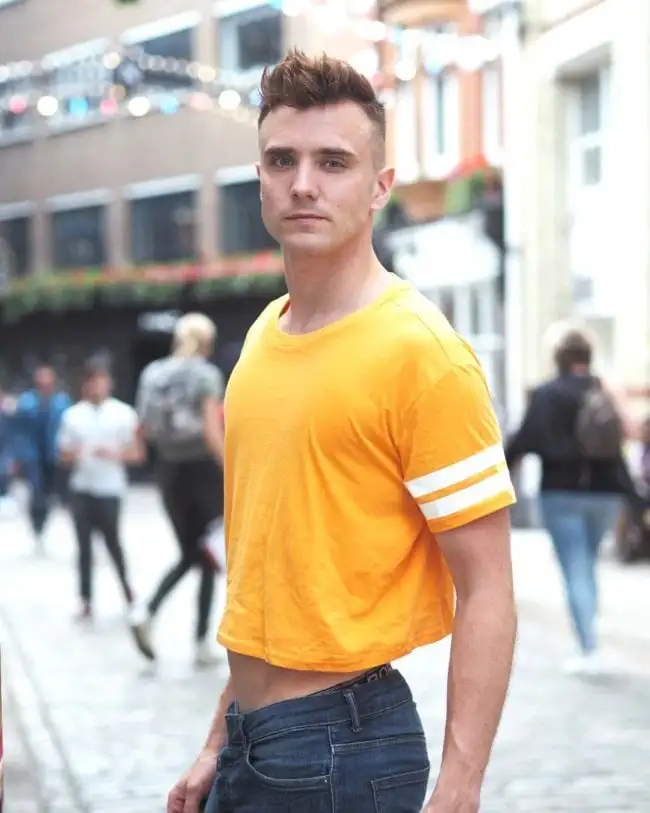
(Image provided by Calum)
Calum: “I identify as a gay man and I use he/him pronouns. Every time I put on an item of clothing that challenges gender norms I feel like I’m making a political statement, showing that I’m proud of who I am, and sending a message to other people that it’s okay to express yourself however you so choose. Pride is my favourite time of year because the streets become filled with people expressing their gender and sexual identities through the clothes they wear, it creates such a wonderfully colourful spectacle for the whole world to see and that’s something worth celebrating.”
Trans individuals often use fashion to assert their gender and feel comfortable in their clothing. “Clothing is sometimes crucial in order to be correctly gendered and understood,” says Cole.
He adds: “It can also be used to state who we do not want to become or be. This has been particularly important historically for those who don’t fit into the mainstream – so LGBT+ people and especially non-white LBGT+ people in the West.”
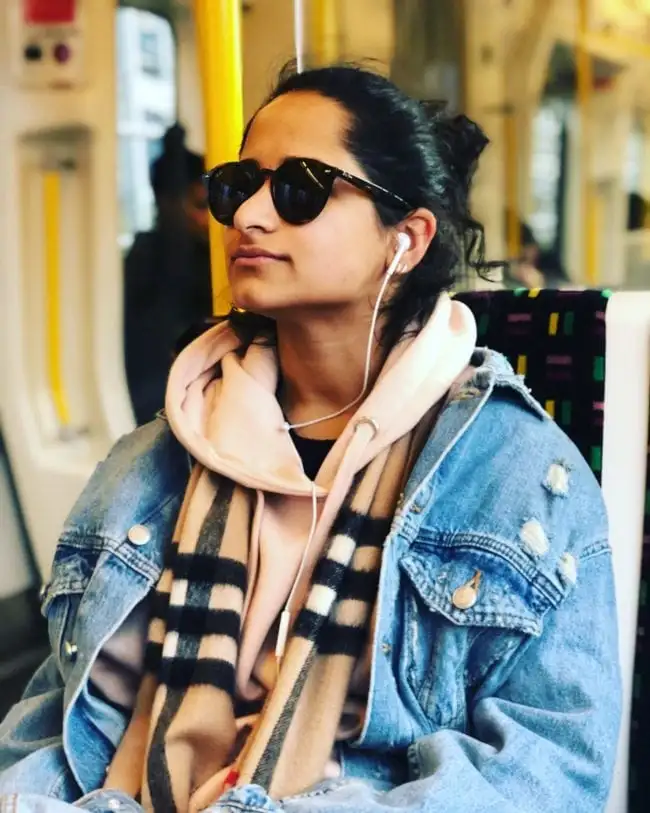
(Image provided by Shivani)
Shivani: “If I have to put a label on it, I guess I’d say I’m bi, but I prefer using the umbrella terms of gay, queer or fluid. Growing up, I constantly had to tread that line between dressing gay enough for other gay people to know I’m gay, but not so gay my family would know.”
ANDROGYNY IN FASHION
From looking at modern catwalks and the change in what high-street fashion shops are selling, it could be argued that mainstream style is becoming less rigid and allowing far more room for anyone to play with a pallet of garment options.
Straight men have especially seen a lot of change in their interest towards fashion, with the rise of the popular term “metrosexuality” throughout the 2000s.
“The concept of the metrosexual has become a media shorthand towards the acceptance of straight men’s interest in and adoption of fashion and grooming practices that had traditionally been seen as feminine and/or queer,” Cole tells PinkNews.
This shift could be a step towards the acceptance and mass-popularity of androgynous styles.
Talking to the Huffington Post, Willis Chan, a member of menswear collective Ante Meridiem, said: “Interest in androgyny seems to be increasing and I believe it takes one step at a time to reach the point where the general mass breaks down the barrier of what is masculine and feminine, and just wears clothing that they feel comfortable in.”
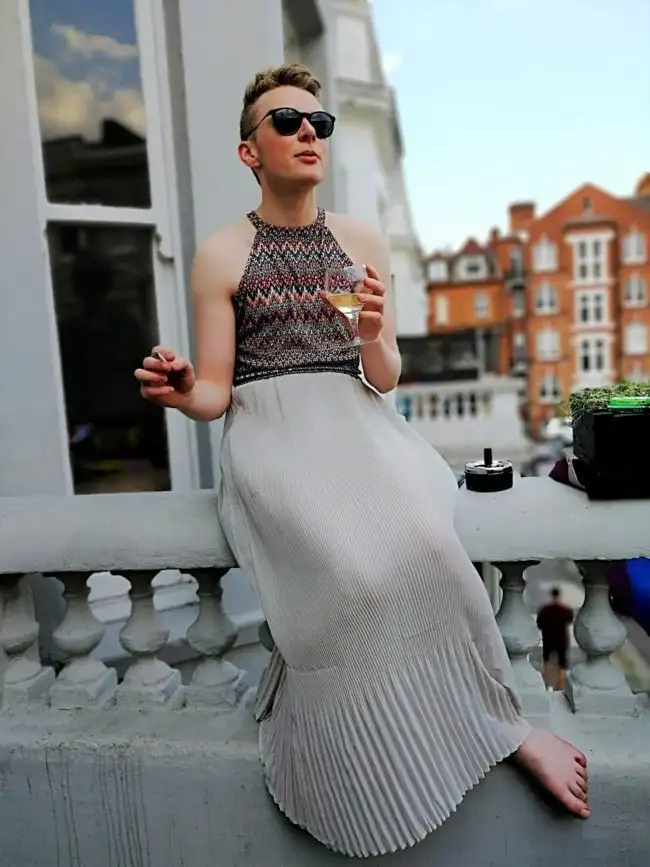
(Image provided by David)
David: “I try not to define my sexuality, but if I must I’m a queer non-binary person. When you look a little androgynous, your clothing can say absolutely everything about you. It becomes a massively important signifier, the thing people will use to get a quick sense of who you are. I like to imagine how much more fun and colourful and honest the world would be if we all painted ourselves in our identities more.”
With mainstream society still holding on to traditional gender roles, it could be suggested that many still feel rigid in what they should and shouldn’t wear.
Calum McSwiggan, LGBT+ content creator, says: “If society as a whole began celebrating men in women’s crop tops then I think you’d see just as many straight men wearing them — the only difference is that many gay men are already unafraid to break away from the accepted ideas of what a man should wear.”
However, society is slowly shifting to be more fashion inclusive regardless of gender. “The resurgence of unisex labels like Rad Hourani and Toogood represent a continuation and expansion of these pre-existing tendencies,” McCauley Bowstead suggests.
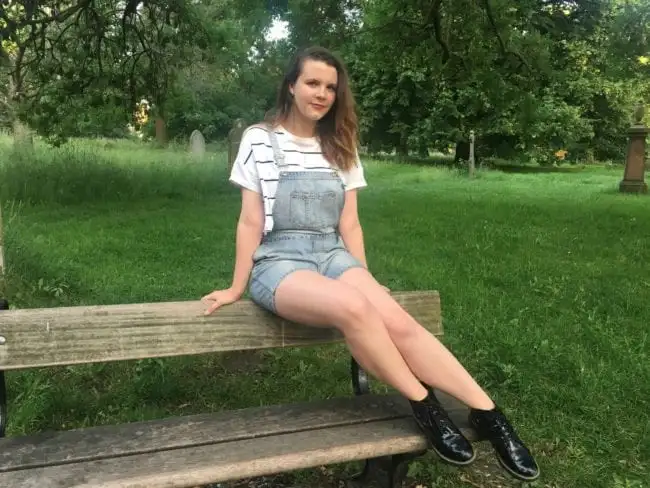
(Image provided by Bridie)
Bridie: “I’d say I’m a straight woman. Fashion and clothing has definitely always been a way for me to figure out myself and how I want to appear to the world. There was a period where I had a very androgynous style, with short hair and quite ‘masculine’ clothes, and I did find it interesting how many people made assumptions about my sexuality. I like being able to veer right across the spectrum of clothing choices and feel comfortable in pretty much all of it.”
Ultimately, fashion can be used as a political and personal tool of self-expression and a way for many to signify who they are to the world. However, it is arguably a simplistic view to link style and sexuality, especially with a rise in more liberating trends being popularised for all audiences.

